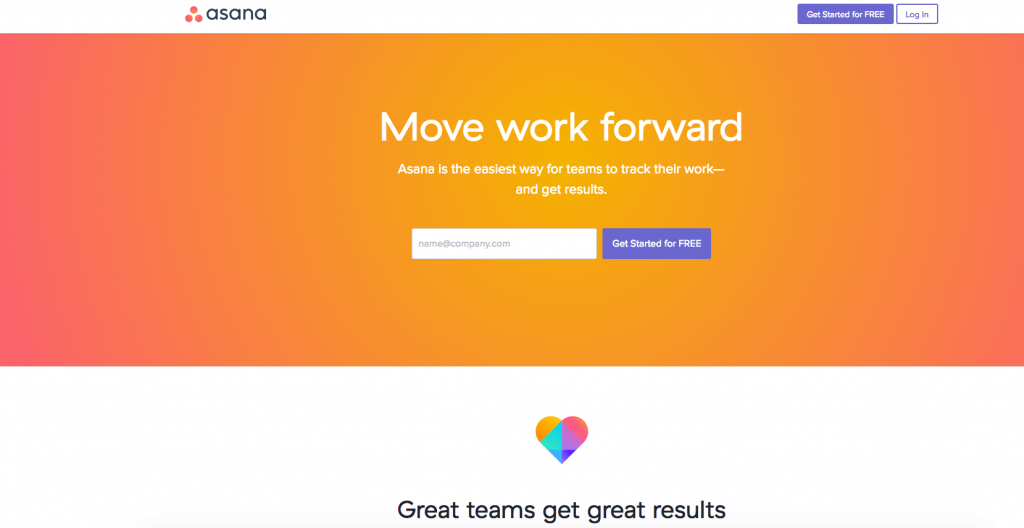8 Great Examples of B2B Web Design
by dbs
Your company’s website is the best sales tool at your disposal. Although B2B brands are rarely looking for immediate purchases, the website should be able to inform, captivate, and persuade people to buy into your brand. This is especially important when it comes to building customer relationships, because B2B sales cycles tend to be relatively long and contain multiple interactions. The trust your website conveys is critical to keeping your audience engaged.
Because your website is such a great asset, it should be tailored to meet your needs and support your goals. Though design trends are ever changing, there are currently some great practices that may never go out of style.
Content is important (more on that later), but don’t overlook the importance of design. The better the user experience, the more positive, lasting impressions you leave with visitors.
There are countless B2B web design best practices. Make sure you’re following these as you redesign your website.
1. Convey the Quality of Your Product
Blake Envelopes
(Source)
In a list of the most exciting products, envelopes probably doesn’t rank. However you couldn’t tell by visiting www.blake-envelopes.com. Their website gives a vibrant, cheery feel and captures the audience with a variety of their high quality product line.
2. Perfectly Placed Call-To-Action
Asana
(Source)
Asana does a great job directing their audience exactly where they want them to go. No unnecessary images, navs, or distractions. Right on their homepage is a giant call-to-action waiting to convert their visitors into consumers.
3. Functional Minimalism
Quid
(Source)
Less is more. There is no need for clutter and chaos. Quid is a great example of this theory.
Quid improves UX experience by using a minimalistic design to cut down load time and increase readability. When there is less content on a page, it has a way of drawing more attention. The design is polished and simplistic, making small statements impactful.
4. Customer Service
Zendesk
(Source)
Zendesk has done a amazing job by adding advanced animations on their site. They utilize animations for a number of reasons to draw attention and improve the user’s experience. They also deliver great customer support. You can chat and talk to a live person while getting the full experience at the tip of your fingers.
5. Define Value Proposition
Batterii
(Source)
What is being offered? The audience should be able to instantly identify the company’s purpose and how it will deliver. Rather than excessive attempts to drive buyer motivation, focus energy on addressing ways your company will provide a solution.
6. Quality Content
Sprint
(Source)
Offering energetic, colorful content to users will only lift your brand in a positive direction. Pick a brand voice that aligns with your company mission statement and run with it. Keep readers informed while portraying your company as one they can relate to and rely on.
It is important to understand the impact your content has on design. A beautiful site with poor content will greatly decrease the effectiveness of your site. There’s a lot to say about content on B2B website, but keep these in mind:
- Briefly explain products/services immediately. Visitors need you to get straight to the point. At the first sign of ambiguity, they will bounce from the page and move on to one of your competitors.
- Show them the benefits of the partnership.
If they decide to partner with you, what will their customers be gaining? Use case studies and previous successful partnerships of the past to show rather than tell. Actions speak louder than words. - Strategically place content.
It matters. The placement of content is crucial in directing visitors to your call-to-action. Placement is also used to prioritize content and the let the readers know how important it is.
7. Design That Tells a Story
Publish This
(Source)
Instead of directing users through complex navigations and category pages, choose a design that takes them on a journey. This approach moves towards conversation marketing rather than content marketing. Conversation marketing uses content to understand what it is that the user is looking to find, and then proving the tailored information needed.
8. Captivating Videography
D.FY
(Source)
D.FY utilizes captivating videography to illuminate their content with a story of who they are. This is a trend that is becoming extremely popular on home pages to take the place of excessive “about” content.










